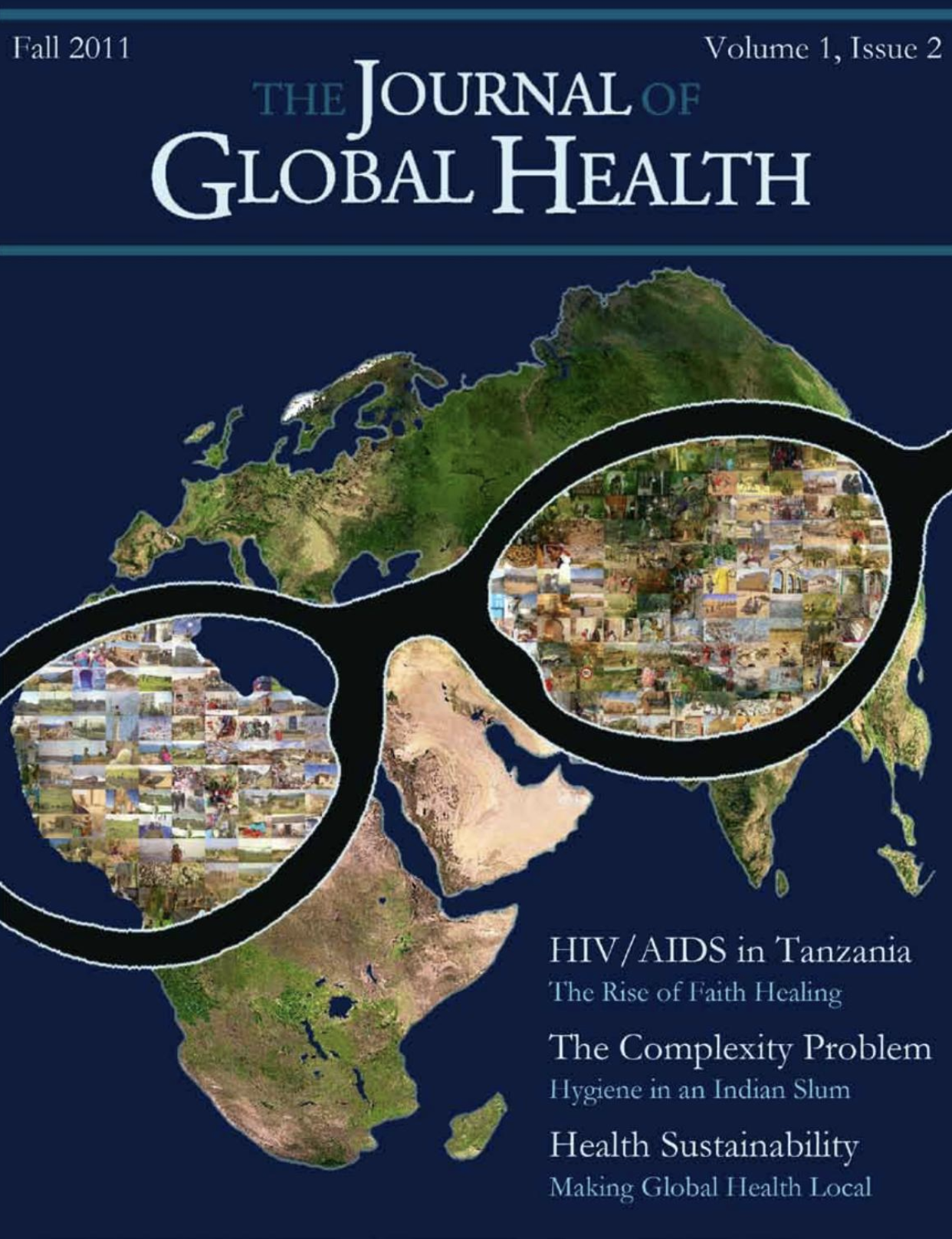Health Care in Mongolia Field Notes from Batnorov
Main Article Content
Abstract
I was accompanying the Korean Open Doctors Society as a student volunteer on their annual trip to Mongolia. Korean Open Doctors Society is a secular, non-governmental organization committed to providing health care both in Korea and abroad. Since its modest inception in 1997, the humanitarian-based organization has made over 140 international and countless domestic medical aid trips. Although its countries of target are numerous, Open Doctors has a special connection to Mongolia in that the organization first started from an informal volunteer trip made to Mongolia by its founding members. Since then, they have returned every year—often more than once to different parts of the country—and have built a strong connection with the local population. This particular trip to the Batnorov district was their 25th Mongolian mission.
In a village of dirt roads and no running water, where the grandest building resembled a run-down convenience store from rural Alabama in the 1940s, there was one structure that was rather sturdy and seemingly permanent—the Batnorov sum Hospital. Set off from the rest of the village by white fences and topped with a bright cherry red roof, the hospital stood towering over all other buildings (although “towering” is a relative term–it only had two floors). The interior of the hospital was even more impressive: clean, white floors with freshly painted walls and fluorescent ceiling lights that screamed “STERILE.” However, the impressive exterior belied the truth, for the hospital was barren—quite literally, empty. No beds, no equipment, no furniture, not even a medicine cabinet. The Batnorov sum Hospital is not very different from other hospitals in poor sums (translated as rural districts in Mongolian). A sum is the second level administrative subdivision of Mongolia after aimag, the first level division. The nation of Mongolia is divided into 21 aimags, which are subsequently divided into 329 sums. A sum has 4,200 km2 of territory on average and is home to about 5000 inhabitants, mostly nomadic herders. Since the discontinuation of aid from the former Soviet Union in the 1990s, a lack of funding has resulted in a shortage of medical supplies, fuel and other resources in Mongolia (Manaseki, 1993). However, as the edifice of the Batnorov hospital suggests, Mongolia should in no way be simply written off as another destitute Third World country. Being a centrally-planned economy that was suddenly plunged into a market economy without guidance, Mongolia has struggled with complex issues of “Soviet-ized” health care infrastructure and is currently still in transition.

